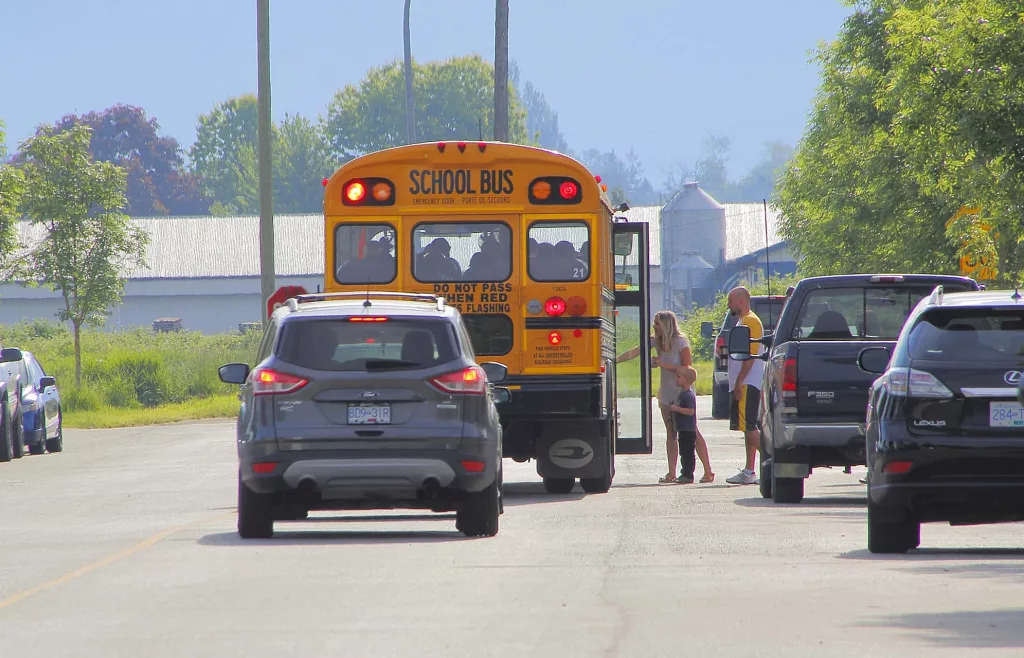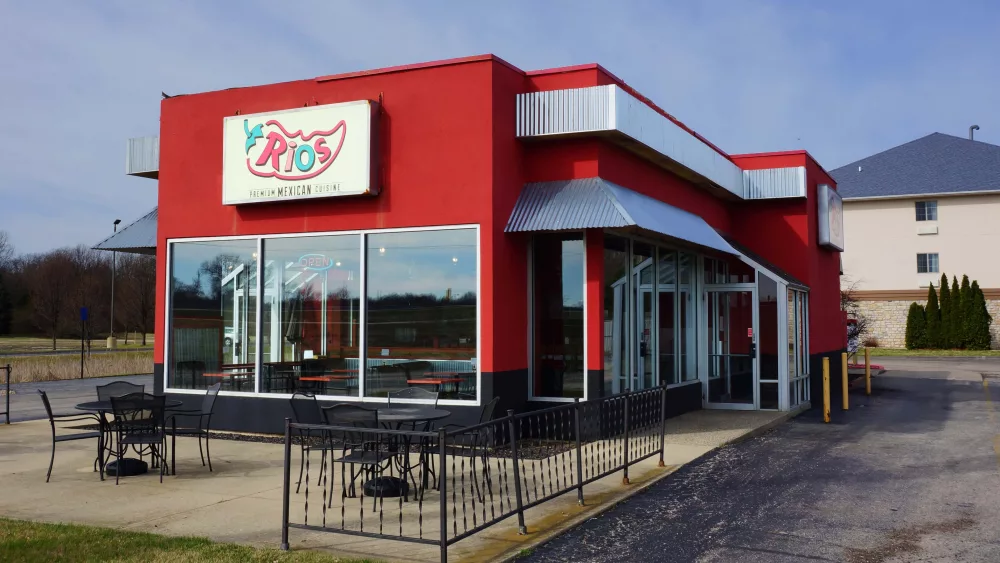Michigan roads are about to get more crowded – and hazardous – as millions of students and teachers return to school. This time of year is particularly dangerous due to the combination of young inexperienced drivers, pedestrians and bicyclists who will all share the road in the early morning and afternoon hours.
“Drivers should have a heightened sense of awareness from the moment they leave the driveway,” said Adrienne Woodland, spokeswoman, AAA – The Auto Club Group. “Expect more foot traffic in neighborhoods and along city streets. Since children can move quickly and cross the road unexpectedly, it’s important to constantly scan the road for people while driving and be ready to stop at a moment’s notice. You can reduce risk of injury by slowing down and avoiding distractions like using your cell phone or eating while driving.”
A new survey from AAA reveals that many drivers admit to risky behaviors like speeding and using their handheld mobile phone while driving through a school zone.
According to a new survey of Michigan drivers:
· 37% admitted to speeding in an active school zone.
· 27% admitted to using their hand-held cell phone while driving in active school zones.
“When driving through a school zone, it’s extremely important that you lower your speed and raise your awareness to ensure you can respond to any potential hazards on the roadway,” Woodland continued.
Top Safety Tips for Drivers
AAA – The Auto Club Group, through its School’s Open Drive Carefully campaign reminds motorists to:
Slow down. Speed limits in school zones are reduced for a reason. A pedestrian struck by a vehicle traveling at 25 mph is nearly two-thirds less likely to be killed compared to a pedestrian struck by a vehicle traveling just 10 mph faster.
· Come to a complete stop. Research shows that more than one-third of drivers roll through stop signs in school zones or neighborhoods. Always come to a complete stop, checking carefully for children on sidewalks and in crosswalks before proceeding.
· Eliminate distractions. Research shows that taking your eyes off the road for just two seconds doubles your chances of crashing.
· Share the road with bicyclists. Children on bicycles are often inexperienced, unsteady and unpredictable. Slow down and allow at least three feet of passing distance between your vehicle and a bicyclist.
· Talk to your teen. Car crashes are one of the leading causes of death for teens in the United States, and nearly one in four fatal crashes involving teen drivers occurs during the after-school hours of 3 p.m. to 7 p.m. Get evidence-based guidance and tips at TeenDriving.AAA.com.
Top AAA Safety Tips for Students
For Pedestrians
· Pay attention at all times. Avoid texting or wearing headphones, so you can detect nearby traffic.
· Use sidewalks where available. If not, walk against the direction of traffic so you can see oncoming vehicles.
· Make yourself easier to be seen by wearing reflective, bright colored clothing.
For Bicyclists
· Wear a helmet and neon or bright colored clothes.
· Ride in the same direction as traffic and stay as far to the right as possible. Use bike lanes when you can.
· Do not wear headphones so you can detect approaching traffic.
· Cross the street at intersections. Do not pull into the roadway from between parked cars.
For Students at the Bus Stop
· Arrive at least 5 minutes before the bus is scheduled to arrive.
· Stay five steps away from the curb.
· Be alert and remove headphones so you can hear oncoming traffic.
· Wait until the bus comes to a complete stop and the bus driver signals for you to board.
School Bus Traffic Laws Explained
Motorists are required to stop when approaching a school bus that is stopped with its red lights flashing and STOP arms extended. The only exception is on a divided highway with a raised divider. Here is an explanation of the laws:
· Two Lane Street – All drivers moving in either direction on a two-way street must stop for a school bus displaying overhead flashing red lights and a stop arm extended, and must remain stopped until the road is clear of children, the overhead red lights are turned off AND the school bus stop arm is withdrawn.
· Multi-Lane Paved Median – All drivers approaching in either direction must stop for a school bus displaying overhead flashing red lights and a stop arm extended, and must remain stopped until the road is clear of children, the overhead red lights are turned off AND the school bus stop arm is withdrawn.
· Divided Highway – Traffic approaching an oncoming school bus does not need to stop if there is a raised barrier such as a concrete divider or at least five feet of unpaved space separating the lanes of traffic. However, these motorists should slow down and watch for students loading or unloading from the bus.






